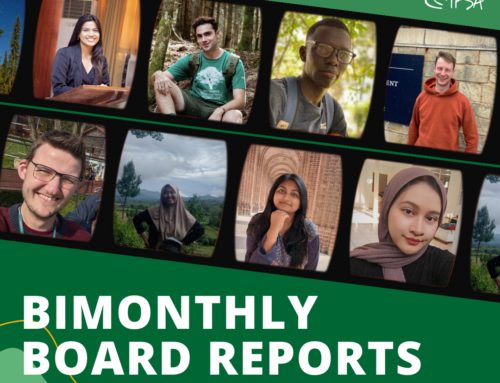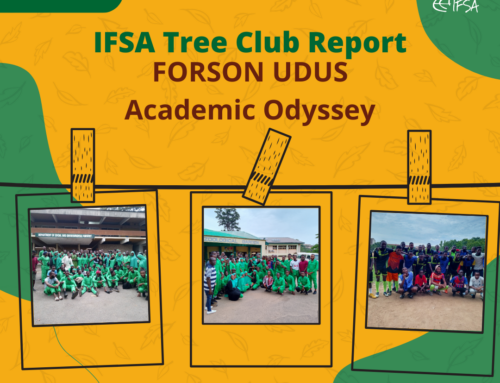climate finance – the financial flow of capital directed to environmental projects.
Undeniably, the most difficult aspect of climate finance is not the availability of capital but leveraging private and public finance into this sphere. I am currently in Brussels preparing to cover the “Innovative Partnerships for Agricultural Finance” meeting r un by the Technical Centre for Agriculture and Rural Cooperation, an event just as important as COP 22. While high-level policy makers are gathering in Marrakech to increase global goals, this conference is diving into the details of how to achieve them. This #Blending4AG Conference is bringing together stakeholders and specialised professionals to debate, share information, and carve a new path and framework for financial investments and collaborations into the future. The focus is particularly ‘blended finance,’ the idea that public finance can leverage private finance by mitigating the risks that generally impede investors and prevent reasonable returns.
Over the next two days we will be hearing about the importance of financing smallholder farmers, lessons learned from prior public financing efforts, and developments in defining criteria and a certification scheme for this new era.
un by the Technical Centre for Agriculture and Rural Cooperation, an event just as important as COP 22. While high-level policy makers are gathering in Marrakech to increase global goals, this conference is diving into the details of how to achieve them. This #Blending4AG Conference is bringing together stakeholders and specialised professionals to debate, share information, and carve a new path and framework for financial investments and collaborations into the future. The focus is particularly ‘blended finance,’ the idea that public finance can leverage private finance by mitigating the risks that generally impede investors and prevent reasonable returns.
Over the next two days we will be hearing about the importance of financing smallholder farmers, lessons learned from prior public financing efforts, and developments in defining criteria and a certification scheme for this new era.
**For those thinking – why should I, as a forestry student, care??**
The biggest driver of deforestation is agriculture. One component of this is the reality of many small farmers clearing a few acres in order to plant crops or grow livestock. It is imperative that the new generation of forestry professionals [that’s us!] are not blind to crucial developments and conversations occurring in this field. By increasing the availability of financing for smallholder farmers we can optimize their productivity, improve livelihoods, and enhance food security – all while alleviating the pressure on our world’s forests. Have any of you had experiences studying or working in agriculture? Or do you maybe disagree with me? Comment & share your thoughts below 🙂Salina Abraham
]]>



